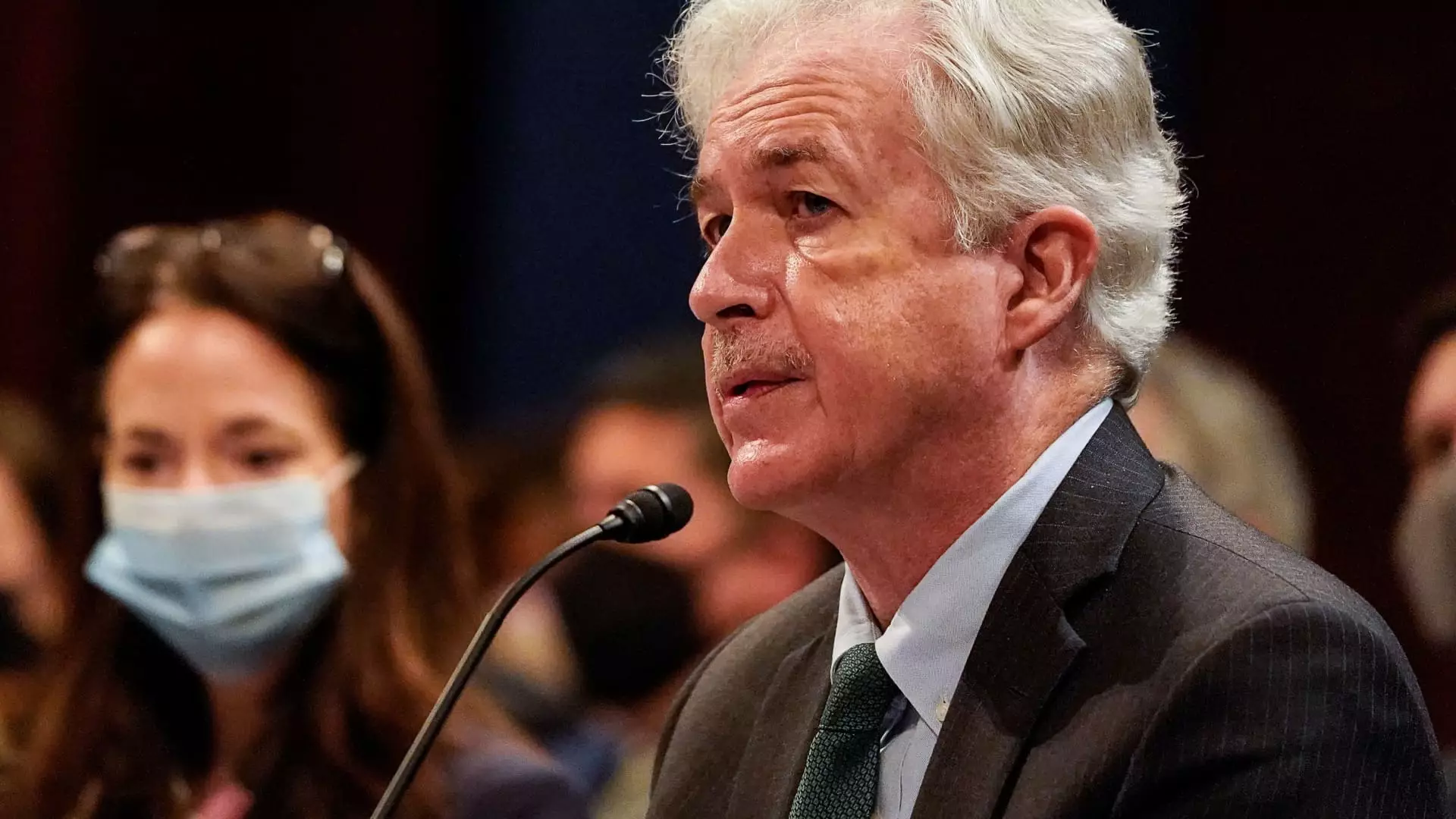In a recent discussion at the Financial Times Weekend Festival, CIA Director William Burns highlighted the chilling possibility of nuclear warfare between Russia and Ukraine, particularly during the tumultuous period of fall 2022. Burns articulated concerns regarding Russian President Vladimir Putin’s escalating nuclear rhetoric, emphasizing that while the potential for tactical nuclear weapon use was real, the West must maintain its resolve in the face of intimidation. The stakes of nuclear escalation cannot be downplayed, yet such rhetoric should not be perceived as a definitive precursor to action.
Describing Putin’s behavior as that of a bully, Burns noted that continued saber-rattling should be expected as a strategic maneuver rather than a precursor to actual deployment. The characterization of Putin’s threats signals a blend of psychological warfare aimed at instilling fear within Western nations. The strategic implications here are profound: if the West reacts submissively to these threats, it might encourage further aggressive maneuvers from Russia. Thus, maintaining diplomatic courage while addressing the nuclear threat becomes imperative for global stability.
Direct Communication as a Strategy
In a critical move at the behest of President Joe Biden, Burns initiated dialogue with Russian counterpart Sergey Naryshkin at the close of 2022, focusing on the dire consequences of escalating nuclear tensions. This approach signifies a broader strategy of engagement, aimed at establishing lines of communication even amid rising hostilities. By reiterating consequences, the U.S. positions itself as both a defender and a rational interlocutor, striving for a balance between deterrence and diplomacy. This is crucial in preventing miscalculations that could trigger catastrophic outcomes.
The ongoing conflict in Ukraine has revealed vulnerabilities within Russia’s military arsenal, as indicated by Burns. The Ukrainian offensive into the Kursk region in August 2022 bolstered morale among Ukrainian forces, which in turn rattled the Kremlin. Such developments may challenge long-held perceptions of Russian invincibility and could provoke desperate responses. Understanding the psychology behind these developments is essential, as it reflects the interplay between morale, military strategy, and national identity.
As the conflict continues, Russia’s nuclear doctrine remains a focal point of international concern. Traditionally defensive in nature, the doctrine hinged on counteracting existential threats. However, the recent hints from Deputy Foreign Minister Sergei Ryabkov regarding possible amendments to Russia’s nuclear code raise eyebrows. While specifics remain unclear, any redefinition of nuclear policy could further complicate the geopolitical landscape, necessitating vigilance from Western powers.
The challenge posed by nuclear threats in the context of the Ukraine-Russia conflict requires a multifaceted approach. As Burns articulated, while vigilance is essential, capitulation to intimidation is not a viable option. The West’s continual engagement and strategic communication with Russia, coupled with firm diplomatic stances, is critical in navigating this perilous landscape. The stakes are undoubtedly high, and understanding the nuances of nuclear deterrence will be pivotal in shaping the future of international relations amidst ongoing global tensions.


Leave a Reply